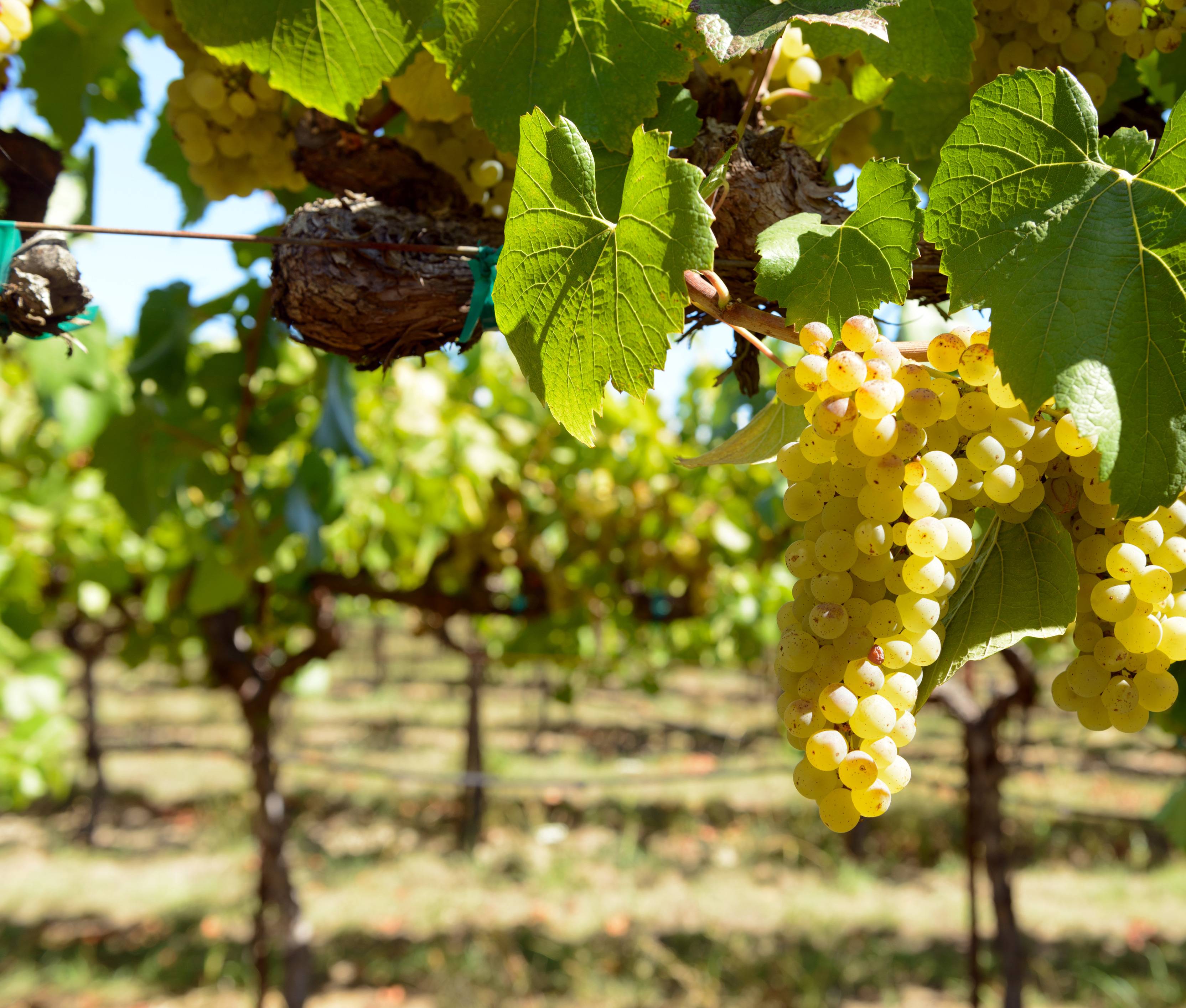Whether you’re planning on celebrating Christmas with a ham, Hanukkah with brisket and potato pancakes, or Kwanzaa with soul food or African cuisine we’ll take the guesswork out of picking the wine. We’ve included traditional dishes from around the world, too, so that you can celebrate however you want without worrying about the wine.
Kwanzaa
Kwanzaa is a secular holiday celebrated by African Americans in the United States honoring African-American traditions. It is based around seven core principles and includes colored candles in a Kenorah that are lit each night during the festival.
During Kwanzaa dinners, many eat soul food, from the American south, or African dishes. If you’re enjoying soul food, consider a sparkling rose wine, Gewurztraminer, or something with a little zip to cut through the gravy. Another option is to go sweet to balance out the savory flavors in the meal. Whatever you do, stay away from high tannin reds if your Kwanzaa meal will include greens – you don’t want to match bitter with bitter, it just never works.
Hanukkah
Hanukkah is the Jewish holiday that celebrates the restoration of the temple including the miracle of a day’s worth of oil lasting eight days. Each night one candle in the Menorah is lit and prayed over to commemorate the miracle. While dishes are varied, many Jews, religious and secular, eat brisket as their main course. Along with brisket there are sidedishes loaded with carbs and cheese like latkes (potato pancakes) and blintzes. The best bet is sparkling wine, since the food is oily and the bubbles will keep the palate from being overwhelmed and lose its ability to taste. Stick to sparkling whites, like prosecco, for the best pairing.
Many American Jews enjoy a movie and Chinese food on Christmas Day, so if it’s takeout or a restaurant for you, be sure to check out our helpful guide to pairing wine with Chinese.
Christmas
The holiday, during which Christians celebrate the birth of Jesus, falls on December 25th and includes secular and religious observations. Unlike Kwanzaa and Hanukkah, Christmas is celebrated with many different traditional meals depending on where the family originated. A foolproof way to pair a holiday dish with a wine? Go with a wine the country or region is famous for.
German families will often indulge in Saurbraten, a roast that includes sour and savory flavors. A German Riesling is the best match for this dish despite the inclination to pair it with a red wine. Canadians, especially those from Quebec, enjoy meat pie to celebrate Christmas. The savory pie is best paired with a big, bold red that can handle its spice. Northern Italians indulge in the heavy, creamy dish soupe crasse – bread and cheese soup. A zesty, sparkling prosecco works great here but also consider the less likely pairing of a pinot noir. Pinot noir is famous for being stroganoff’s best friend and it also works here. If there’s a traditional goose on the table you can get away with red or white wine. Open a good red Burgundy or opt for a sweet German Riesling to bring out the sweetness in the side dishes.
Pairing Rules for Holiday Dinner Success
No matter what you’re eating during the holidays, there are some tried and true tasting rules that will help you perfectly pair wine(s) for your guests. And it’s not: red with red meat, white with everything else. In charge of bringing the wine? You can never go wrong with a sparkling wine – they pretty much work with everything! For those other meals, here’s how to pair like a pro:
If the meal is rich, like something with a cream sauce or lots of cheese, your best pair is an opposite wine. Think about tannic reds or crisp acidic whites which will cut through the fat, keeping things interesting, your mouth fresh, and palate clean.
Opposites don’t always attract; if you’re pairing with acidic or sweet food you’ll want to match an acidic or sweet wine.. The key here is to make sure the wine is slightly more acidic or sweet than the food to avoid diminishing the flavor of the wine.
Step away from the Chardonnay if you’re pairing with a salty dish. There is just something weird that happens when Chardonnay meets salt and it’s not weird in the good way. There is probably some interesting science behind it but all you need to know is that it’s not a good idea. Your best match for salty food is sparkling wine. Salt coats the tongue but bubbles clean it and keep your tongue and taste buds able to get to whatever the salt is bringing out.
When pairing with sweet foods, there are a few tricks to keep in mind. When pairing with a dessert be sure to go one step sweeter and pair with something like port – or a wine labeled as a “dessert wine”. You will flatten a less sweet wine when pairing it with dessert so you want to up the sweetness factor in the wine by quite a bit. The other dessert trick, which you’ve probably already guessed, is to pair with a sparkling wine. If the main course and sides are sweet (think a fruit glaze, sweet potatoes or candied yams) go with a high alcohol wine – they seem sweet without the extra sugar and work well to compliment these types of dishes.
At The End Of The Day
You really can’t go wrong with sparkling – we haven’t found a single thing we won’t eat with a glass of bubbly. Other than that, the rules above should help you through any holiday meal without having to panic about wine. Just remember:
.Sweet with more sweet
.Desserts with sparkling or port or another dessert wine.
.Acid with more acid
.Bubbles are never bad
.Chardonnay is a pain to pair
What will you be serving during the holiday season? What do you plan on pairing with it? Need pairing advice? Hit us up in the comments, or let’s continue the conversation on twitter and Facebook to find the perfect wine for your holiday meal!


